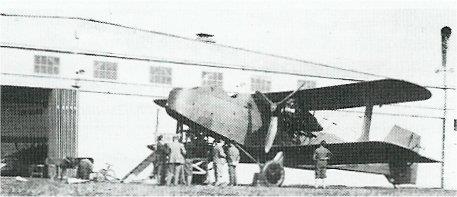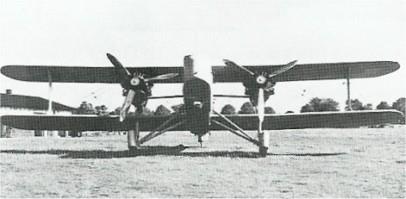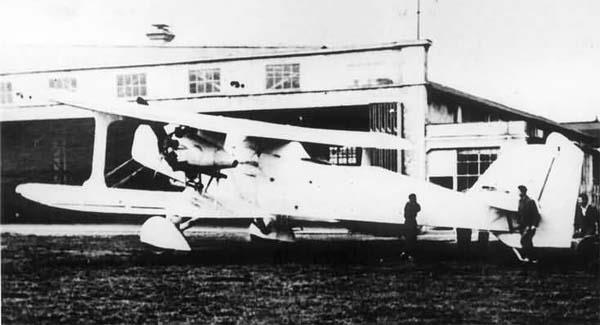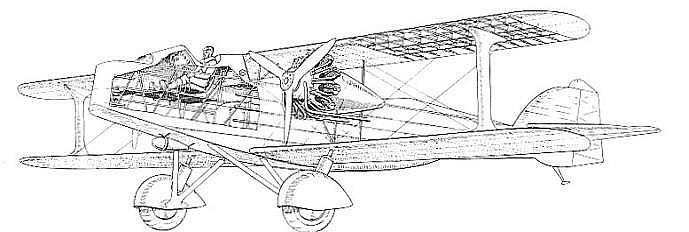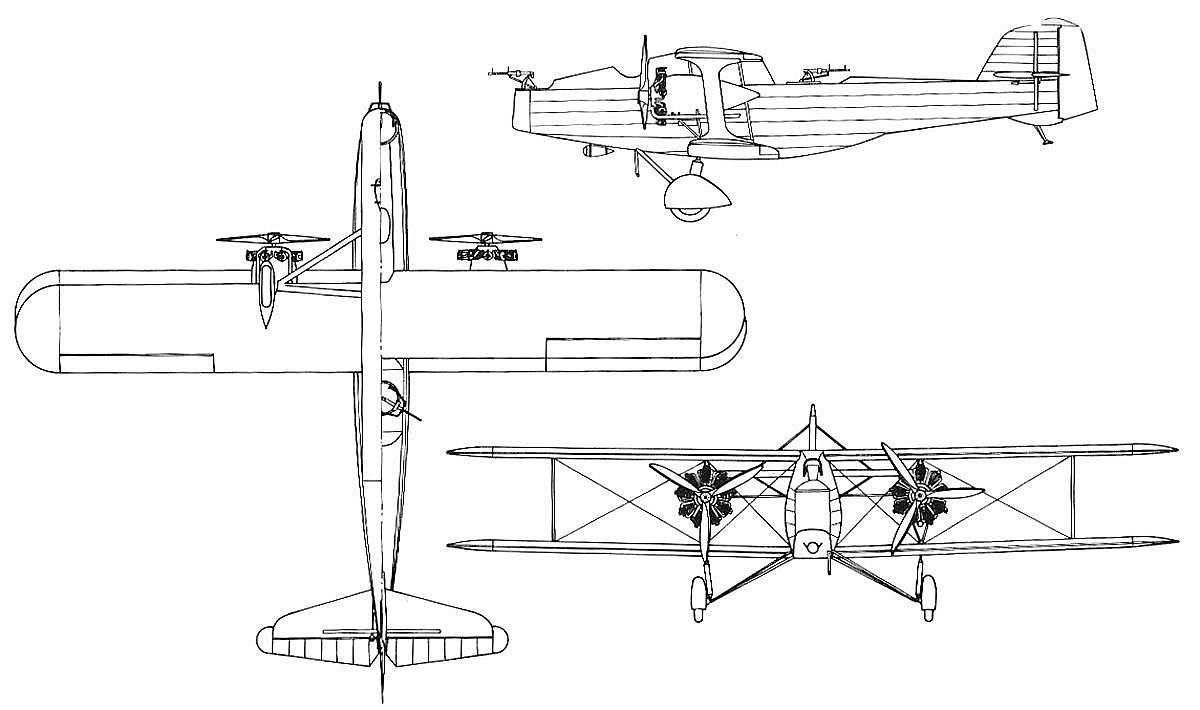During 1927, following the success of his M18 airliner tried to gain funding from the Baverian government; because the latter were already subsiding BFW (Bayerische Flugzeug-Werke) they pressed for an arrangement whereby Willy Messerschmitt joined BFW on the understanding the company produced only his designs.] During these negotiations, completed on 8 September 1927, the Ministry of Transport put pressure on Messerschmitt to produce military aircraft. This led to the only two biplanes Messerschmitt ever designed, the second of which was the BFW M.22 medium bomber, otherwise known as the Messerschmitt M 22.
It was a twin-engined biplane, with broad chord I-form interplane struts and ailerons on both wings. It had a conventional tail with an externally braced tailplane. The upper wing was raised above the fuselage by a long faired pylon, which separated the forward pilot's cockpit and the nose gunner's position from a dorsal gunner's position. The main undercarriage was a wide track split axle design, with the main wheels in spats; there was a tailskid.
The M.22 was powered by two 500 hp (373 kW) Siemens licence built Bristol Jupiter radials designated Siemens-Halske Sh-20 or Sh-21. These were mounted mid-way between the wings in long faired housings, with the cylinder heads protruding for cooling. It flew for the first time in 1928. The M.22 was very different from Messerschmitt's trademark high wing cantilever monoplanes like the M.19 and M.20 and unsurprisingly failed to get a production order. Only one was built.
| Type |
Werk.Nr |
Registration |
History |
|
|
None |
First flight in May 1928. During a testflight on 14/10 1930 the pilot tried to do a looping, one of the prop. broke and it crashed (The pilot Eberhard Mohnike was killed) |
| Type |
3-seat bomber and reconnaissance aircraft |
| Engine |
2 Siemens Jupiter VIu with 3-bladed wooden propellers |
| Dimensions |
Length 13.6 m, height 5.17 m, span 17.0 m, wingarea 63.2 m2 |
| Weights |
Empty 2900 kg, flying weight 3800 kg |
| Performance |
Max. speed 220 km/h at sea level, cruising speed 185 km/h, climb to 1000 m 2 min. 24 sec., to 3000 m 8 min. 30 sec., landing speed 90 km/h, range 500 km, service ceiling 6200 m |
| Armament |
1 MG on a mounting in the front, 1 MG on a moubnting in a dorsal position |
